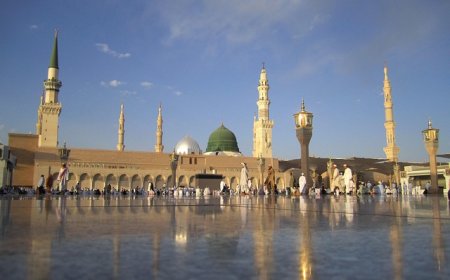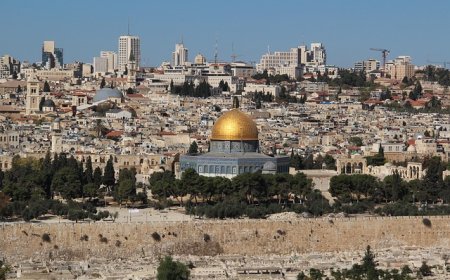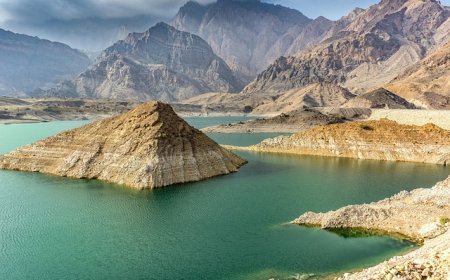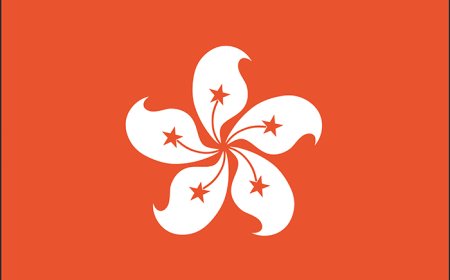Pakistan for Students: Geography, History, and Culture of South Asia
Learn about Pakistan for kids. Discover mountains, culture, and interesting facts.
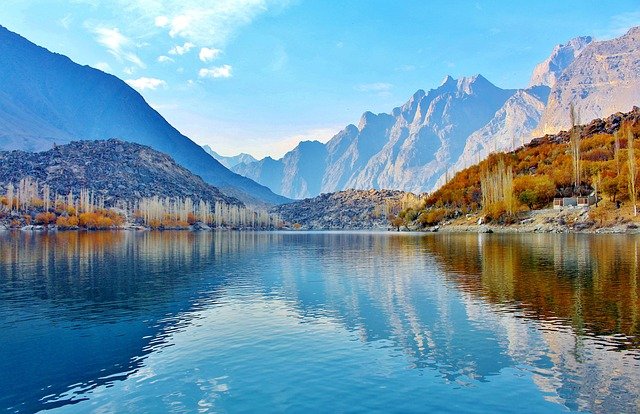
🇵🇰 Pakistan: Mountains, Rivers, and Rich Cultural Traditions
Introduction
Pakistan is a country in South Asia known for its towering mountains, fertile river valleys, and deep cultural traditions. It is home to the second-highest mountain in the world, the ancient Indus Valley Civilization, and over 220 million people. From busy cities and ancient forts to snowy peaks and colorful festivals, Pakistan is a place of history, beauty, and resilience.
Geography and Landscape
Pakistan is bordered by India, Afghanistan, Iran, and China, and has a coastline along the Arabian Sea. Its land includes mountains, deserts, plains, and river valleys.
The northern areas are home to the Himalayas, Karakoram, and Hindu Kush ranges. Here lies K2, the world’s second-highest peak. In contrast, the Thar Desert in the south is dry and sandy.
The Indus River, one of Asia’s longest, flows through the country and supports agriculture. Most people live near the Indus plain, where wheat, rice, cotton, and sugarcane thrive.
Pakistan’s climate ranges from hot and dry in the south to cool and snowy in the north. Summer monsoons bring essential rains for farms.
Cities and Regions
The capital is Islamabad, a modern, green city known for the grand Faisal Mosque and wide boulevards. It is Pakistan’s government and education hub.
Other major cities:
- Karachi – the largest city and main port, bustling with markets and coastlines.
- Lahore – famous for Mughal gardens, art, literature, and historic sites.
- Peshawar – a gateway on ancient trade routes, rich in culture and bazaars.
- Quetta – known as the “gateway to the west,” surrounded by rugged hills.
Pakistan’s four provinces—Punjab, Sindh, Khyber Pakhtunkhwa, and Balochistan—each have unique languages, customs, and landscapes.
People, Language, and Culture
With over 220 million people, Pakistan is the fifth most populous nation. Major ethnic groups include Punjabis, Pashtuns, Sindhis, and Baloch.
Urdu is the national language, while English serves in government. Regional tongues like Punjabi, Pashto, Sindhi, and Balochi are widely spoken.
Most Pakistanis practice Islam, which shapes daily life—prayers, charity, and festivals like Eid al-Fitr and Eid al-Adha.
Distinctive cultural traditions:
- Truck art – elaborate, colorful painting on vehicles.
- Shalwar kameez – traditional dress of loose trousers and tunic.
- Sufi music and Qawwali – poetic, spiritual musical forms.
- Henna art – intricate designs for weddings and celebrations.
Food and Daily Life
Pakistani cuisine is rich and spicy. Staple foods include rice, breads (naan, roti), meats, and vegetables.
Favorites:
- Biryani – fragrant rice cooked with meat and yogurt.
- Chapli kebab – spiced minced meat patties.
- Nihari – slow-cooked beef stew.
- Samosas – savory fried pastry pockets.
- Gulab jamun & jalebi – sweet syrupy desserts.
Meals are shared by hand; tea (chai) is offered to guests throughout the day.
Education is compulsory; students study math, science, Urdu, English, and Islamic studies. Many schools now include computer and arts classes.
History of Pakistan
Ancient civilizations like the Indus Valley (Mohenjo-Daro, Harappa) flourished over 5,000 years ago. Later ruled by the Mughals and then the British Empire, Pakistan gained independence in 1947 as a Muslim homeland.
Since then, Pakistan has faced conflicts, natural disasters, and political shifts, yet it has built universities, advanced science, and contributed to peacekeeping around the world.
Nature and Wildlife
From icy peaks to sandy coasts, Pakistan’s national parks shelter:
- Snow leopards
- Markhor (spiral-horned wild goat)
- Black bears
- Ibex
- Migratory birds in wetlands and lakes
Outdoor adventures—mountain treks, desert safaris, and river rafting—are growing. Conservation efforts protect wildlife and habitats.
📚 Vocabulary List
| Word | Definition |
|---|---|
| Indus River | A major river that flows through Pakistan and supports farming |
| Urdu | The national language of Pakistan |
| Sufi music | A form of spiritual Islamic music |
| Shalwar kameez | Traditional dress of a tunic and loose trousers |
| Mughal Empire | A powerful Islamic dynasty that ruled South Asia |
| Independence | Freedom from control by another country |
| Monsoon | Seasonal rain essential for agriculture in South Asia |
| Markhor | Pakistan’s national animal, a wild goat with twisted horns |
👧🧒 Kid-Friendly Summary
Pakistan is a large country in South Asia with high mountains, deserts, and the Indus River. People speak Urdu and many regional languages. They wear colorful clothes, create beautiful truck art, and enjoy spices like in biryani and kebabs. Pakistan became independent in 1947 and has a rich history from ancient civilizations to Mughal palaces. Today, children go to school, families share chai, and everyone celebrates festivals with music and dance.


















































